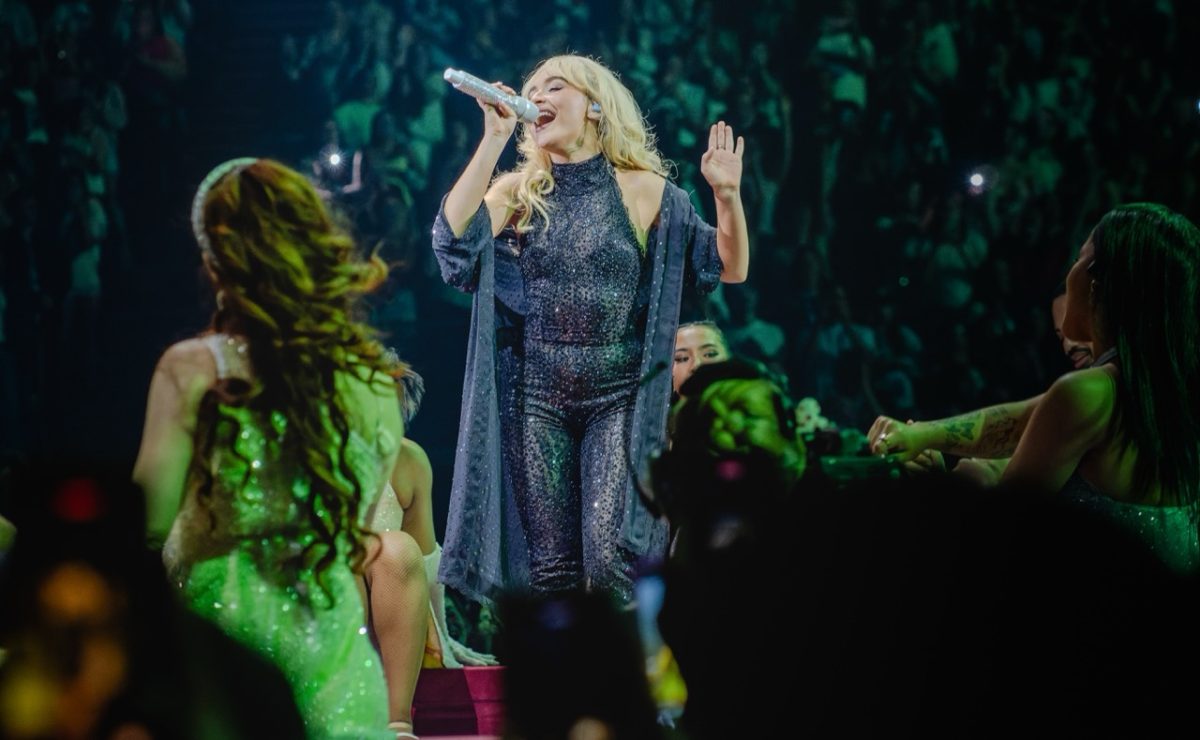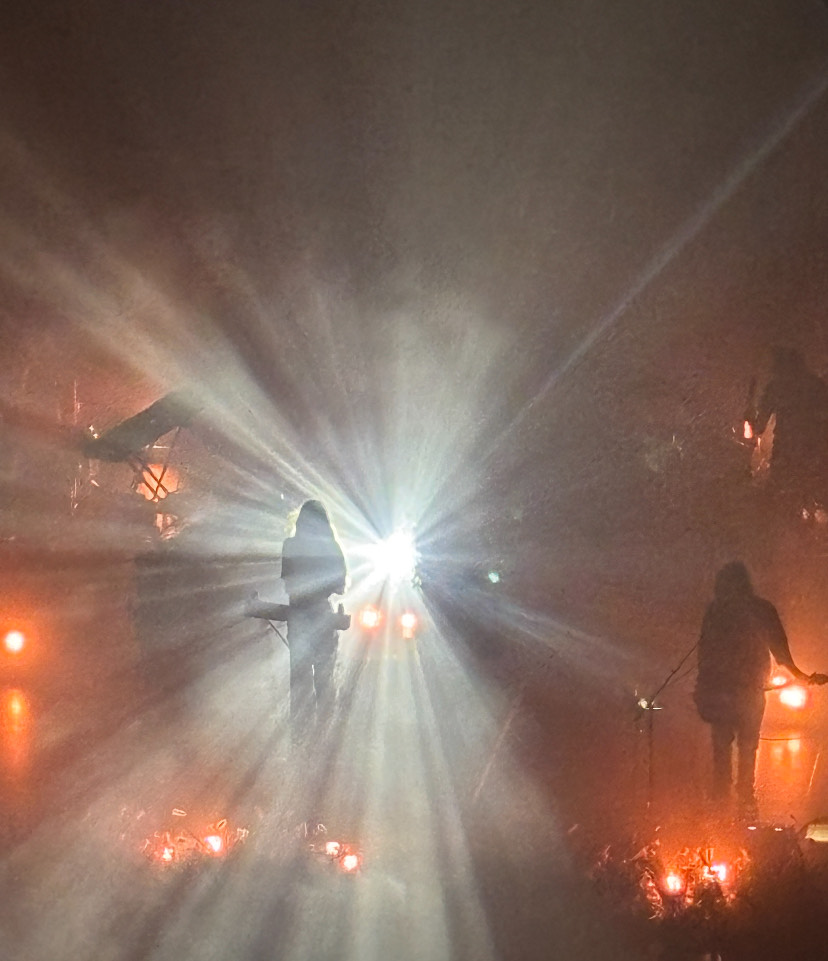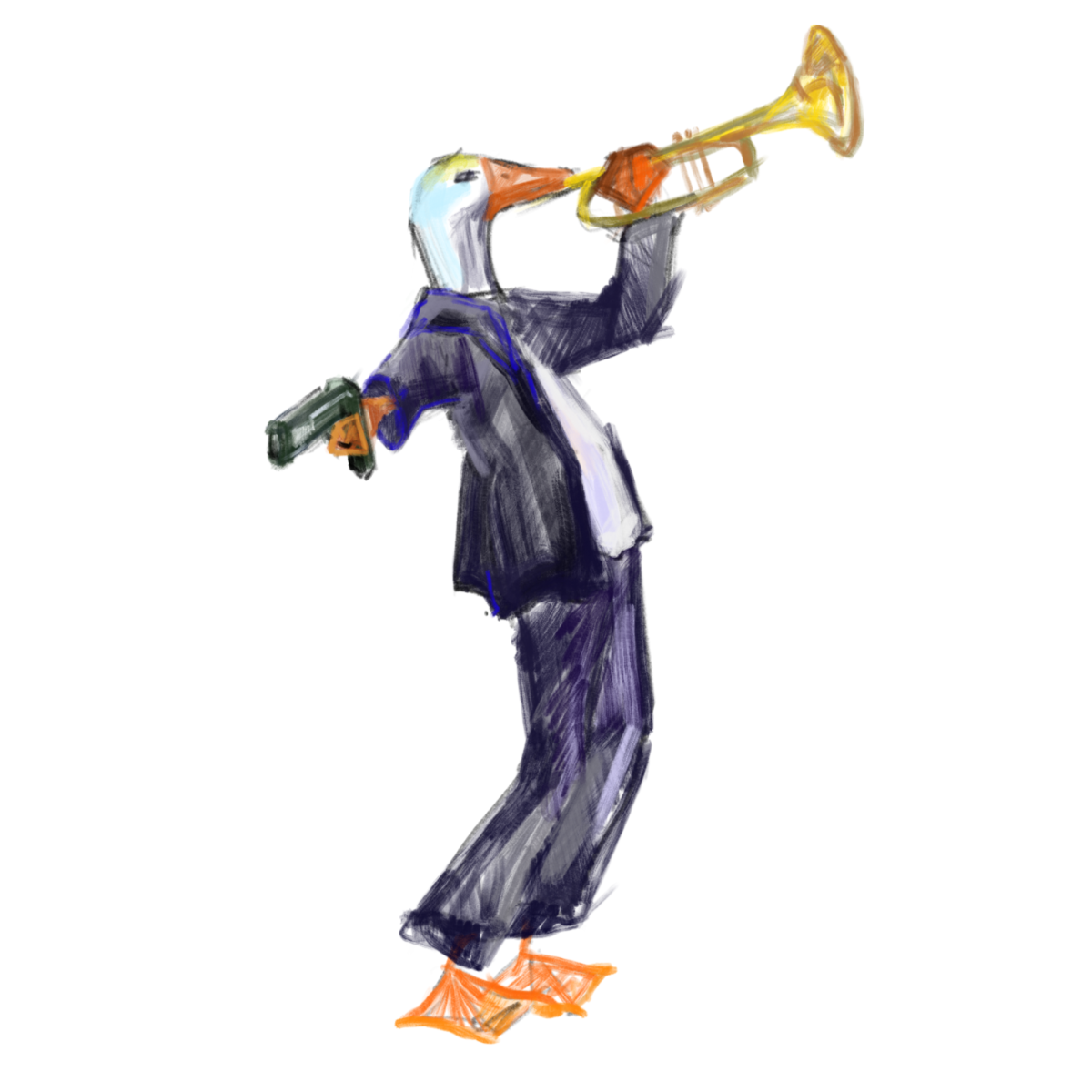In this year’s installment of Macalester’s International Roundtable, sustainability stood front and center. Through this event, plenary speakers, panelists and student discussion leaders explored the meaning of “sustainability” and its connotations. On Friday, September 30, students Isaac Gamoran ’18 and Hannah Mira Friedland ’17 invited Minnesota artists to discuss a type of sustainability that is not as obvious as renewable energy investment or recycling. The three panelists discussed art as a resource—one that communities must sustain. Titled “Keeping Minnesota Arts Alive: In the Cities and On the Range,” this panel presentation called attention to art as a tool for community-building and as a cultivable resource.
Scott Artley, Mary McReynolds and Beverly Cottman were the panelists, and each discussed their personal relationship with the arts. They create spaces for arts to thrive in their respective Minnesota microcosms, from the heart of the Twin Cities to the edge of Lake Superior. Having different perspectives on community engagement, each spoke to their techniques for building art landscapes.
Scott Artley does this by engaging with local performers as the artistic director of a Minneapolis-based performance arts center called the Patrick Cabaret. The Cabaret is the perfect example of how art can interact with social and political issues. It provides the resources for local talents to thrive, and to draw the community into issues often forgotten. The Cabaret acts as a hub for the fringe of society, bringing together those who identify with minority or disadvantaged communities. Serving mainly artists of color, those with disabilities and those who identify as LGBTQ, the Cabaret amplifies the voices of the under-resourced. This means that performances have covered the HIV crisis, transgender rights and the Black Lives Matter movement.
These performances form a creative landscape around some of the most pressing issues (past and present) in the Twin Cities. However, arts centers such as the Patrick Cabaret are notoriously undervalued. Artley described the complex relationship that arts nonprofits have with the Twin Cities, as they both rebel against and draw from their societies. As a nonprofit, the Cabaret gains much of its financial momentum from privileged members of society who support its vision. Artley painted that vision as “a lightning rod” to support “artists on the edge of culture.” The electricity holding the community together is a kind of raw energy, one born from less-privileged individuals. While that energy is sustainable, financial support for many arts centers is not, even in the communities that need it the most.
“In the Twin Cities ecosystem,” Artley said, “the Patrick Cabaret is the dirt and the earthworms.” The same may be said for other arts centers, such as the Lyric Center for the Arts in Virginia, MN. Mary McReynolds helped to transform this center from a run-down theater to a community resource. Despite the many barriers against this project, both financial and societal, McReynolds succeeded in making the Lyric Center a safe space for artists of all ages and skill levels. This center fulfilled the community’s need for an artistic outlet, as that was previously nonexistent. Now, the community uses the center to work art into school curriculums, to display galleries by local artists and to provide an escape through art for which many community members long. Despite the center’s importance, it experiences financial strain similar to that of the Patrick Cabaret. Still, McReynolds and others use their own forms of creativity to gain funds, thus providing life support for arts in their community.
Beverly Cottman displays similar initiative in her artwork, using it to engage and inspire. An interdisciplinary artist, she merges the oral, visual, literary and performing arts to create unique pieces, and to draw in many different audiences. She has gained recognition as a storyteller, a poet an artist and a creative mind whose role in the Minneapolis arts community is unrivaled. The overarching purpose of her artwork is to celebrate the African diaspora, and to make its culture more visible. She draws from her heritage, from found objects and from found stories to create. Cottman encourages others to do the same with the issues that matter to them. Through example, she shows how they can use what she calls “creative placemaking” to engage with their communities.
The Patrick Cabaret, the Lyric Center for the Arts and Beverly Cottman’s multidisciplinary art are all representations of community building. These three narratives reveal three different kinds of creative placemaking, but they paint the same distinction between artistic expression and artistic forums. There is no lack of creative individuals, but there is a shortage of spaces in which those individuals can thrive. Art is not only a form of rebellion against societal issues, it is a resource for community building. Just as art helps to sustain society, society should invest in the sustainability of the arts.







Adrian Vaughan • Sep 11, 2019 at 9:06 am
I would like to thnkx for the efforts you have put in writing this site. I am hoping the same high-grade site post from you in the future as well. In fact your creative writing skills has encouraged me to get my own web site going now. Actually blogging is spreading its wings and growing quickly. Your write up is a great example.
Kimberly Arnold • Sep 10, 2019 at 3:53 am
You have noted very interesting points! ps nice web site.
Benjamin Tucker • Sep 9, 2019 at 10:47 am
You ought to be a part of a contest for one of the highest quality blogs on the internet. I will recommend this site!
Delana Geathers • Jul 23, 2019 at 1:41 pm
Mass parsite http://bit.ly/2W9CVkn